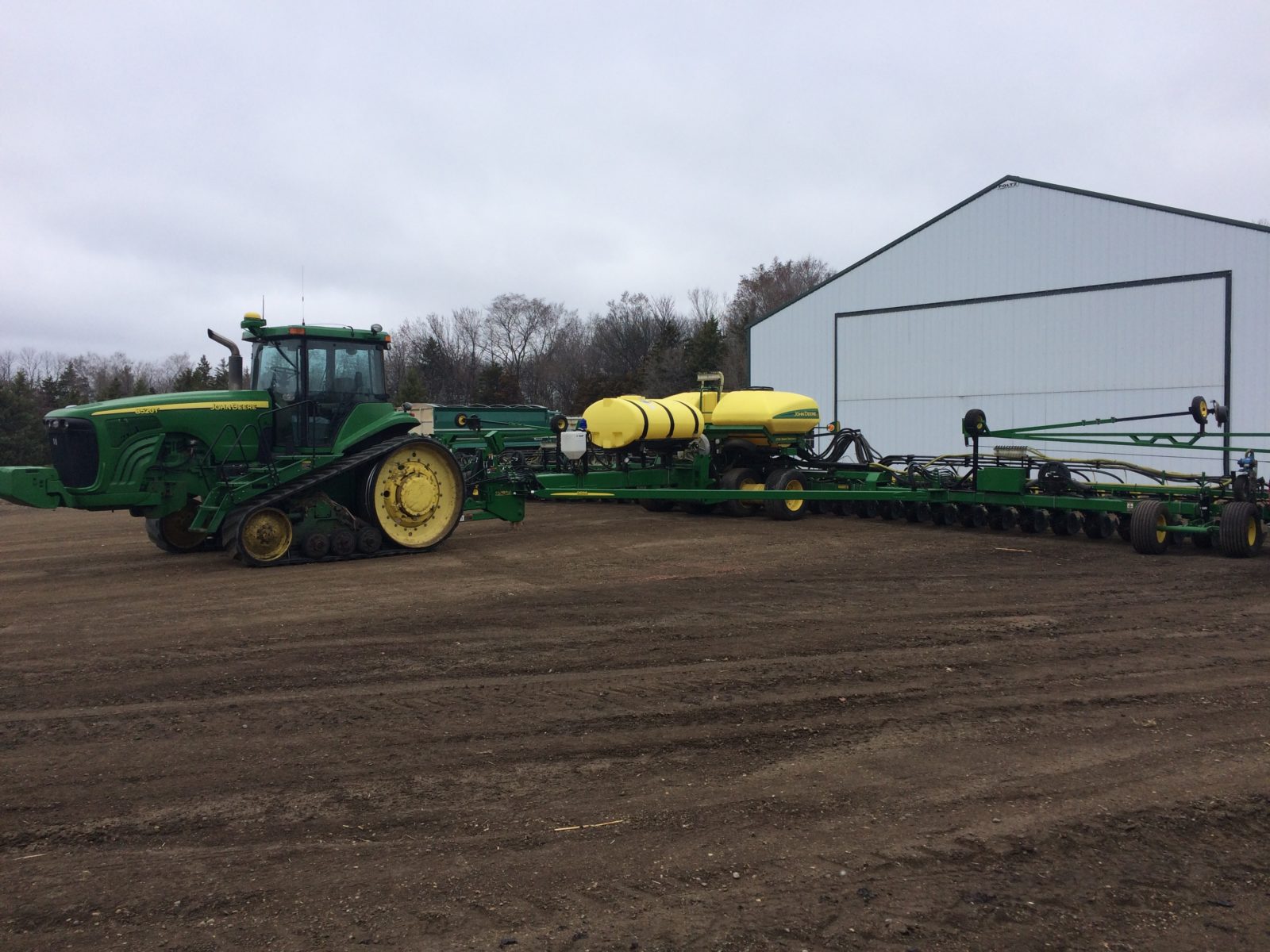Spring is coming to our area in the north-central U.S. Midwest, even if it snows in early April. We are excited about the coming growing season. Although we have moisture in the ground, a lack of floodwater above the ground allows us to be ahead of last year. And so, we are getting ready to plant our crops amidst a stay-at-home order for the state of Minnesota due to COVID-19.

On our farm, we rely on a local co-operative to apply fertilizer to our fields before we plant. The co-op hopes their workforce stays healthy during this hectic season when they send out about 100 trucks to different fields every day. To help protect workers, our co-op made their own batch of disinfectant to clean inside the trucks between work shifts.
In our area, there is some concern that the seasonal workers we rely on to run equipment and help in dairies may not make their way to Minnesota this year because our state is one with a heavier outbreak of the coronavirus. Reports are that seasonal workers prefer to be in areas with lighter outbreaks and warmer temperatures, where the virus seems to be less of a concern.
Minnesota has 5.6 million residents, and so far, we have only had 950 COVID-19 cases. We are taking social distancing very seriously and have spent a minimum of two weeks staying at home. School children, including our daughters, are now taking online classes.
As we prepare to plant our crops, we have fertilizer applied based on soil tests and crop needs. We will do some tillage as needed, again depending on the crop and field conditions. We also roll our fields. We have muddy, clumpy soil and rocks, so we roll our fields to push the rocks down so they don’t damage equipment the rest of the year, especially at harvest.
We plant one crop at a time. Our goal is to be in the field by April 18, at the latest. But because conditions are favorable, we hope to start planting spring wheat this week, weather permitting. As a grass, wheat can handle cooler temperatures.
After wheat, we will plant sugar beets, followed by corn, and finally, soybeans. We care for each crop a bit differently. For example, we roll soybean fields before we plant them, and we fertilize corn before we plant those fields. The alfalfa we planted in 2018 will return once again without our help – it is nice to have a perennial crop that can be used locally to feed a nearby dairy.

We have about 1.6 hectares, or 4 acres, of grapes, as well. We are trimming those vines this week, as well.
As the administrator of our local watershed district, I have been continuing to work during our stat-at-home order, because my work is related to water and agriculture. While my two colleagues are working from home, I am working in the office. Though farmers can’t stop by the office right now, we continue to work with them remotely to plan drainage and water management projects for this summer.
In fact, everything related to agriculture is continuing as close to normal as possible during the coronavirus outbreak. For example, our delivery system remains reliable. Our crops continue to be able to move by truck, rail or barge to ports to be exported. Because the U.S. is so large and diverse, a transportation or logistics problem in one region of the country would be dwarfed by all the other options to move products in other parts of the country. That’s part of what makes the U.S. a reliable supplier.
Another part of our reliability is our commitment to planting and helping others out. If a farmer were to get sick this spring and be unable to plant, neighbors would step in to help out. We are spread out enough that we can help while maintaining social distancing that limits the spread of the virus.
So despite these challenges, it is a great spring for planting, and we can’t wait to get started.

